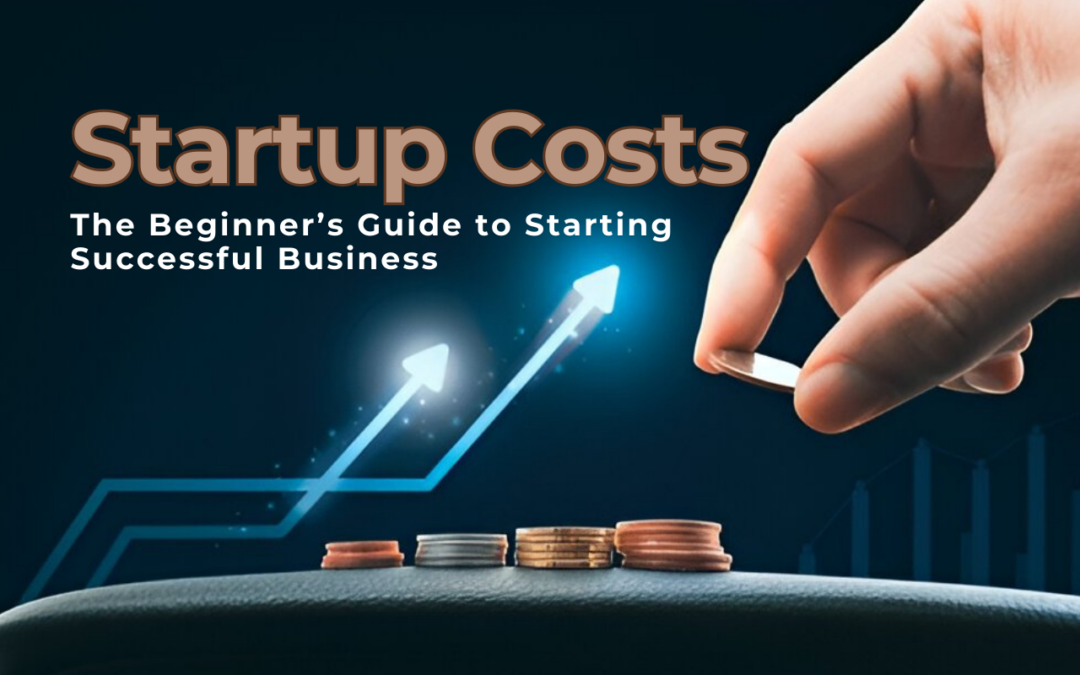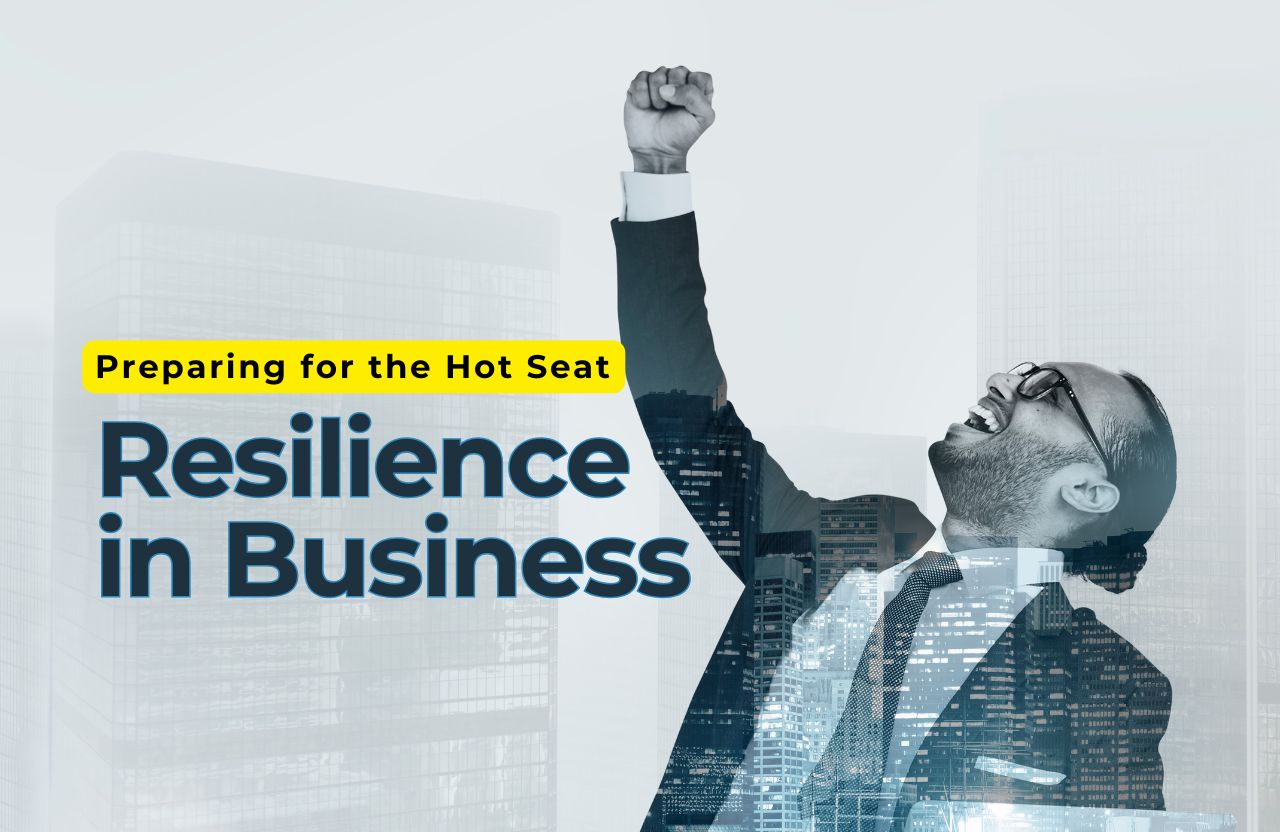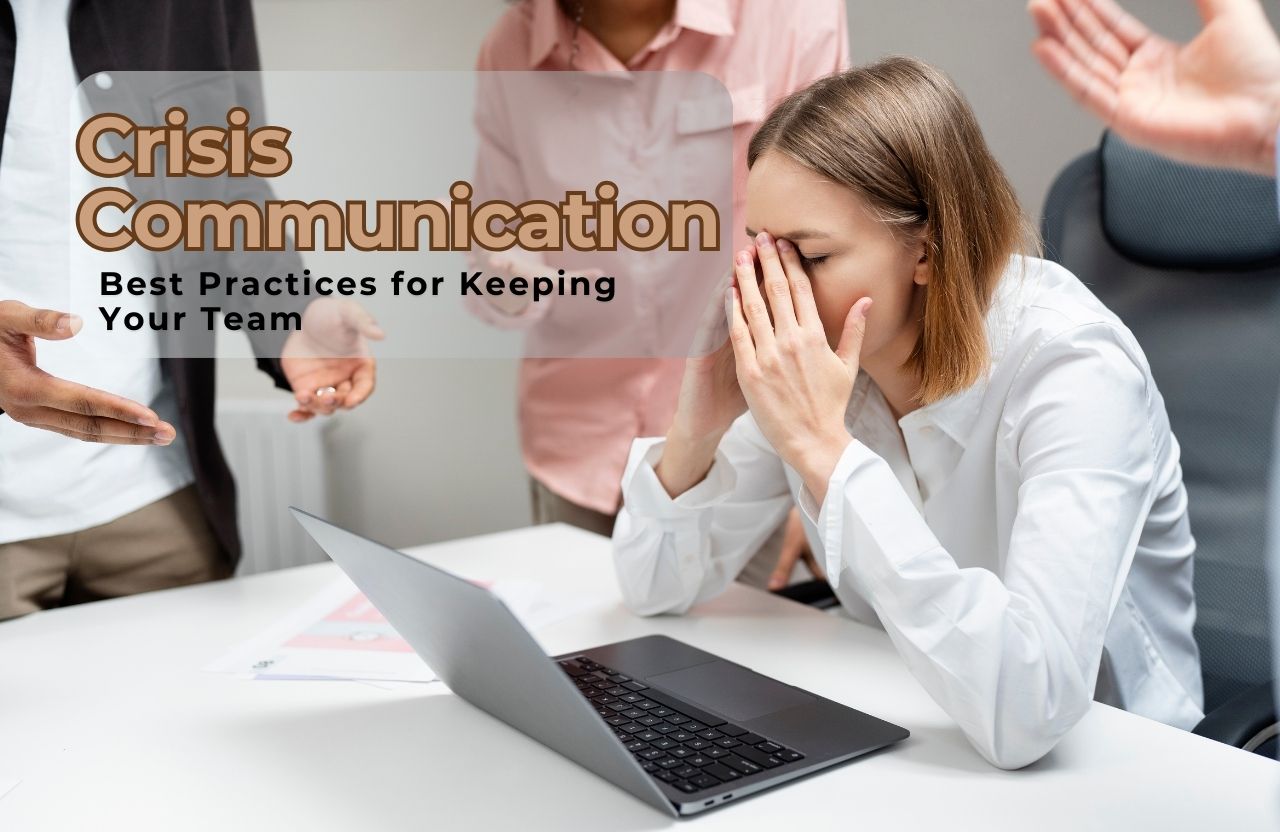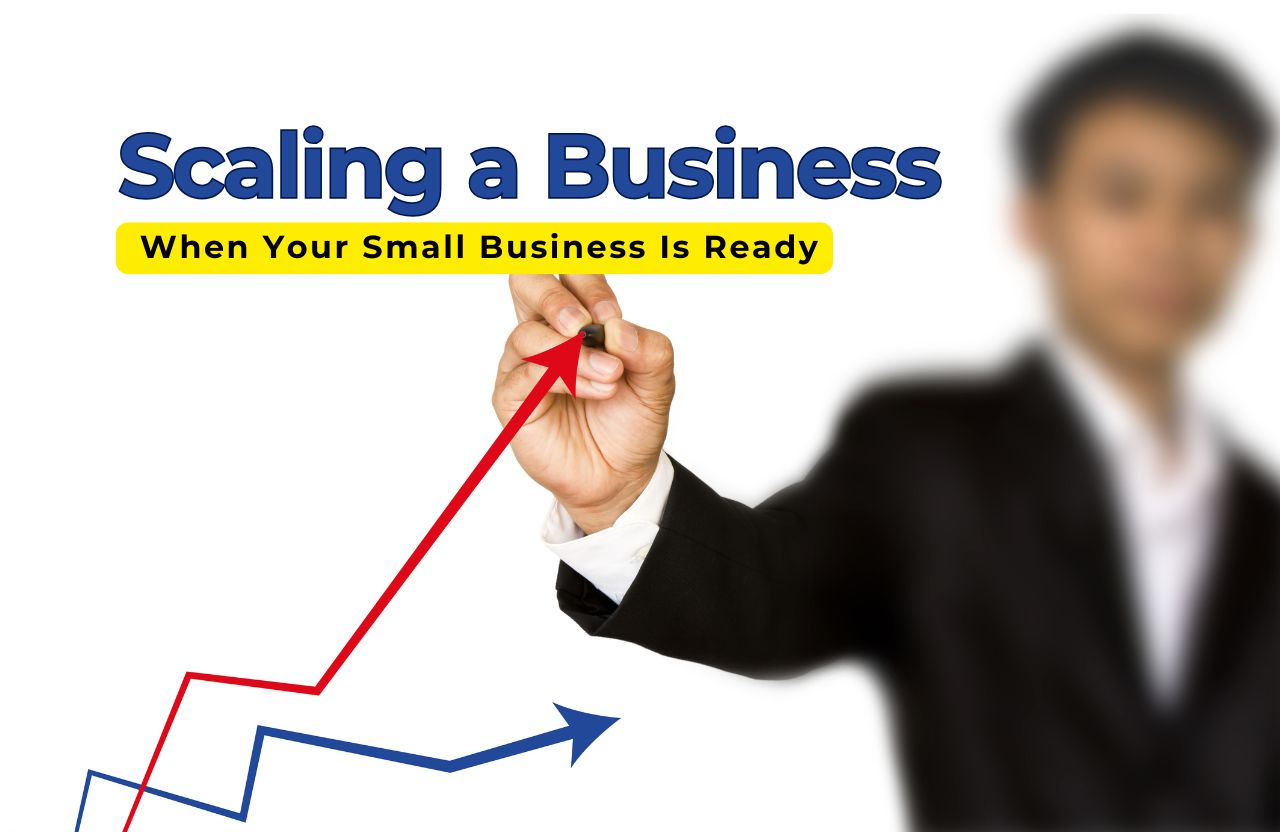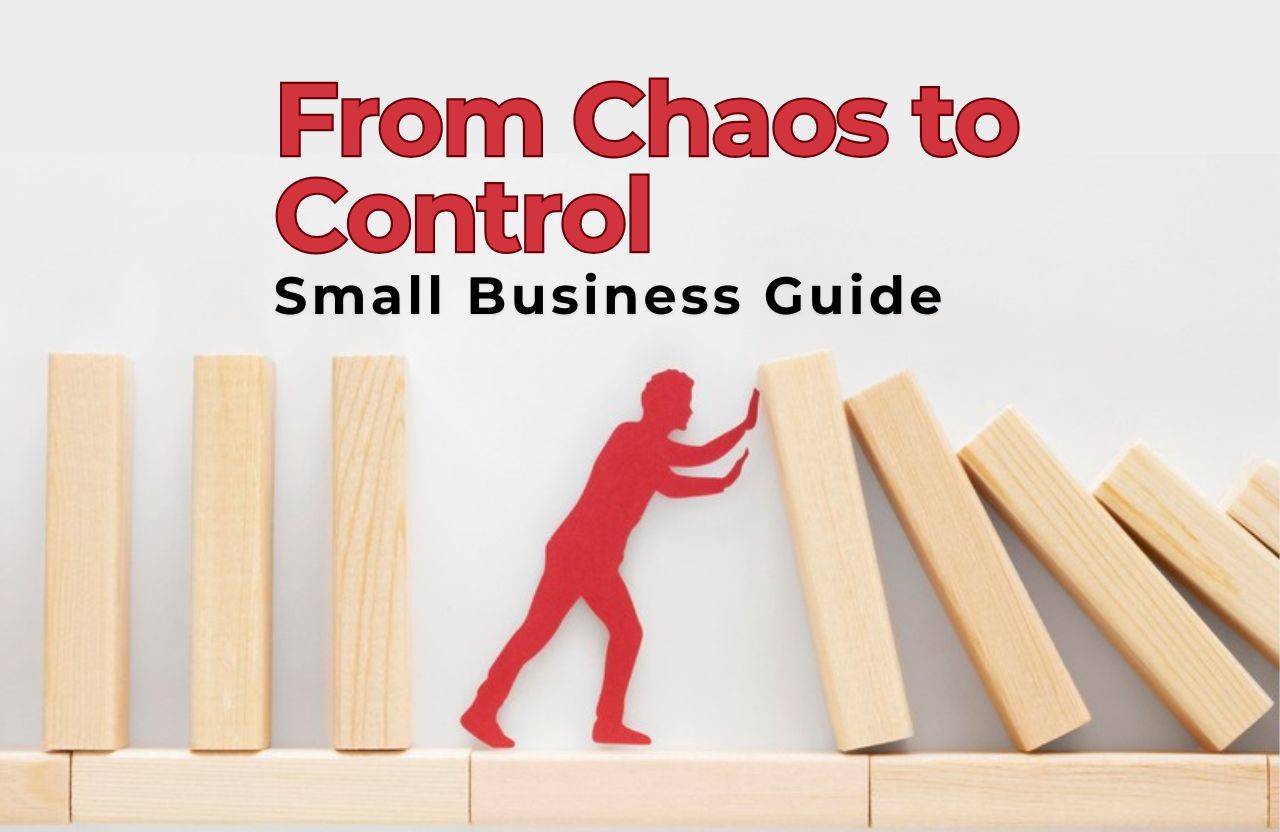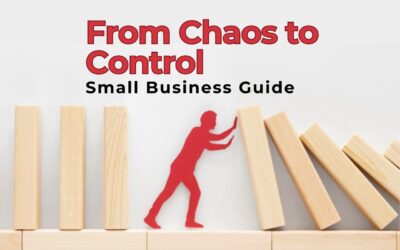Every person dreams of starting his or her own business and this is a good thing but it comes with its own price tag which you have to be willing to pay. Let me explain what startup costs are, how you can plan for them, and how you can best control these costs. No matter if you’re starting a small shop or an online one, understanding your costs is the first step to success.
What Are Startup Costs?
They are the costs that are associated with the beginning of the business. This ranges from registering your business name to purchasing equipment and other materials you need for your business. The cost of starting a business depends on the kind of business being started. For instance, opening a coffee shop involves costs like space and equipment, while an online clothing business also includes expenses for custom packaging, such as the boxes offered by The Box Zilla, to enhance branding and customer experience.
Types of Startup Costs
When starting a business, you will face two main types of costs: fixed cost and variable cost. Here you have the costs that you incur only once such as legal fees or the purchase of equipment. Recurrent costs are expenses that occur frequently, for example, rent or electricity bills. The distinction is key to helping you create a good budget.
Examples of Startup Costs
To give you an idea, here are some common startup costs:
- Legal charges for registering your business
- Purchasing inventory
- Renting a space or office
- Purchasing furniture and types of equipment
- Creating a website
- Marketing and advertising
- Purchase of licenses and permits
All of these costs vary depending on the type and size of your business. A large business may require more capital than a small business may require a few tools, pencils, papers etc.
How to Calculate the Startup Expenses
It is possible to identify your startup costs by writing down all that your business requires to function. Divide this list by subtopics such as equipment, marketing, and legal fees. Second, look up the price of each item. For instance, if you are opening a bakery, you need to focus on the cost of ovens, mixing equipment cost, and bakery packaging cost from The Box Zilla.
After that, you will need to sum up the numbers you have got to know how much money you will require in order to start. This step is important in the development of the business plan and also in the process of seeking capital if required.
Creating a Startup Budget
A startup budget ensures that you do not overspend when you are launching your business. The first step is to divide your fixed costs from your variable costs. Then, the various expenses that should be incurred are sorted in order of their importance. For instance, rent and equipment are likely to be considered as more important than aesthetics for your office.
It is also advisable to keep some more money aside for emergencies too. This financial buffer can help you avoid stress at some point in the future.
Nature of Startup Costs and the Business Plan
It is important for you to know that your start-up costs have to be included in your business plan. This is important to show potential investors that you know your expenses and you are aware of them. It also assists you in planning for profitability. In your business plan describe how you will use the money and when you anticipate to be in the black.
Business Cost Calculator
A business cost calculator can assist you in determining the cost of starting your business. Most of the online tools enable you to input elements such as rent, equipment, and marketing costs. The calculator then provides you with an approximate amount of money you are likely to spend when starting the business. This is a good way to see whether your budget is achievable or not.
Amortization of Startup Costs
Amortization means to distribute some charges over a period of time. For instance, if you use money to buy equipment, it will be allowed for a number of years and not all at once. This can help lower your taxes. Consult with a tax expert to know how to apply amortization in your business.
Startup Business Deductions
In the course of forming your business, some of the costs that you incur are allowable expenses. For example, you are allowed to deduct legal fees, advertising expenses, and stationery. It is important to save all your bills and expenses in order to make the process of filing taxes less problematic.
Legal Fees and Licensing Costs
Legal regulation is obligatory for every business. This ranges from registering your business, obtaining licenses and meeting all legal requirements of the particular region. Legal fees can differ, which is why you should set up a budget for them as soon as possible. Find out which licenses your business requires and the price.
Capitalized Startup Costs
There are some expenses that are considered as assets, which are allowed to be capitalized for example buying equipment or software. This means you manage them as long-term assets. Rather than get a bill for the total amount, you pay for it in installments over several years. This approach assists in managing your financial affairs in a better way.
How much does it Cost to Open a Business?
The cost of setting up a business varies in many ways, including the area of business and the type of business. A home-based business might cost as little as $1000 while a retail store might cost anywhere between $10 000 and $50 000. The main idea is to be prepared and to do as much background work as possible so that one is aware of what is going on.
Funding Your New Business
There is always the need to have adequate capital when developing a business. You can use your own money, borrow money, or seek an angel, venture capitalist or any other financier. In any case, make sure that you have enough capital to finance the initial investments and to provide for your business until it turns into a profit.
Conclusion
As with any venture, there are many expenses involved in starting a business, but if well planned, it is easily achievable. If you know your start-up costs and create a workable budget, you can get your business off to a good start. Always save receipts, and where possible, try to minimize the expenses that you make. It is also good to start small and grow big as the business expands its market and base.
Additionally, consider focusing on a user-oriented mindset—understanding what customers value in a product or service is essential. Details like packaging, which often form the first impression of your business, play a significant role in attracting customers and establishing trust, whether you are running a startup or managing an established brand. Following these steps can help you successfully implement your business idea.
